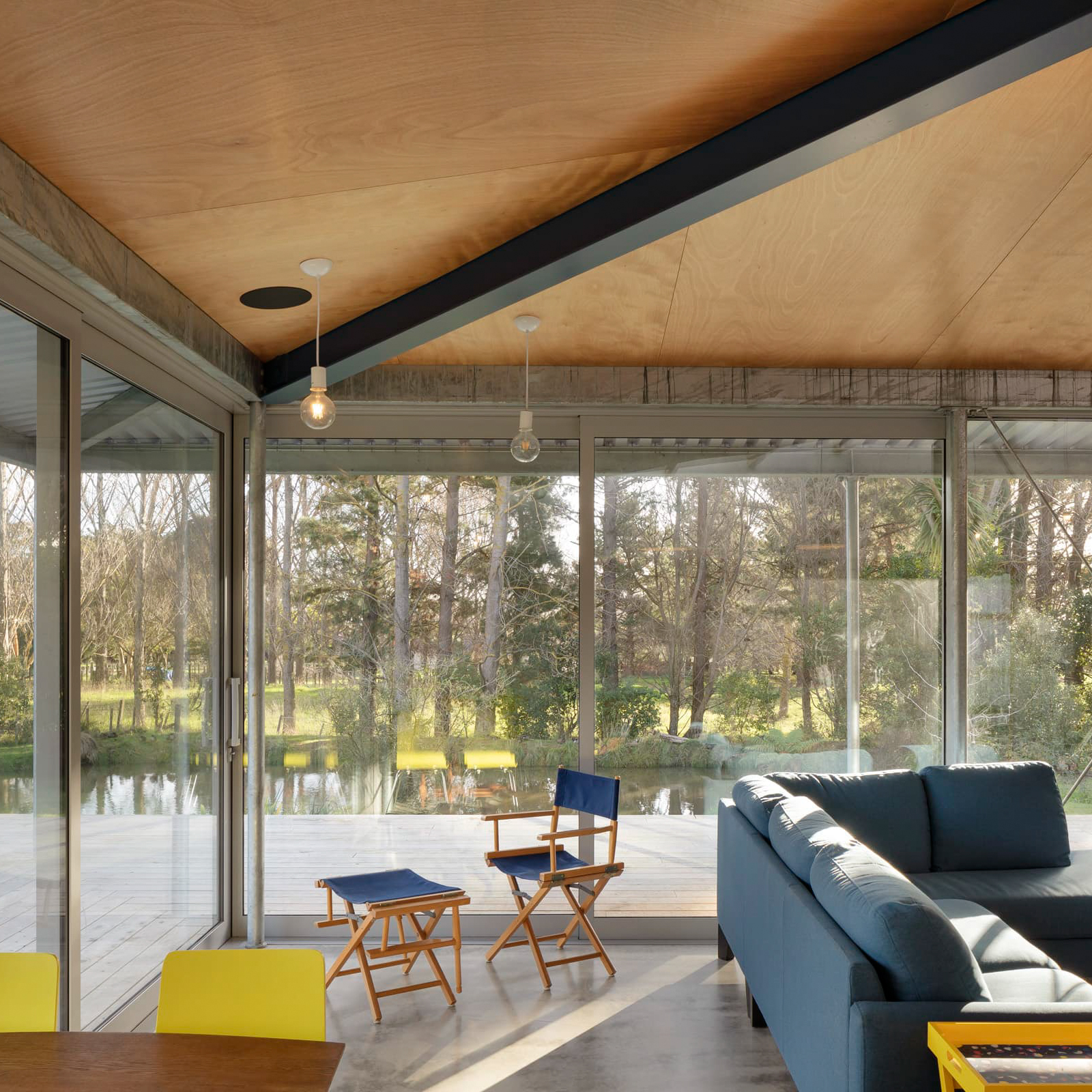Introduction
Incandescent light bulbs have been a staple in lighting technology since they were first introduced in the late 19th century. While more energy-efficient lighting alternatives have emerged in recent years, incandescent bulbs still hold a special place in our hearts for their warm, inviting glow. In this article, we’ll explore the history of incandescent lighting, how it works, and why it remains a beloved fixture in our homes and businesses.
History of Incandescent Lighting
The first successful incandescent light bulb was invented by Thomas Edison in 1879. Edison’s design used a carbon filament that was heated with an electric current to produce light. Over the next several decades, improvements were made to the incandescent bulb, including the use of tungsten filaments, which were more durable and produced a brighter light. By the early 20th century, incandescent bulbs were the most commonly used type of lighting in homes and offices.
One of the reasons for the popularity of incandescent bulbs was their affordability. They were easy to manufacture and did not require sophisticated technology to produce. In addition, they produced a warm, yellowish light that was reminiscent of gas lamps, which many people were accustomed to.
How Incandescent Light Bulbs Work
The basic principle behind incandescent lighting is the conversion of electrical energy into light energy. Inside an incandescent bulb, electricity flows through a filament, which is usually made of tungsten. As the electric current passes through the filament, it heats up and begins to glow, producing light. The glass bulb surrounding the filament is usually filled with an inert gas, such as argon or nitrogen, which helps to prevent the filament from burning out too quickly.
One drawback of incandescent bulbs is that they are not particularly energy-efficient. A significant amount of the energy used to power the bulb is converted into heat, rather than light. In fact, only about 5% of the energy consumed by an incandescent bulb is actually used to create light, with the other 95% being wasted as heat.
Advantages of Incandescent Lighting
Although incandescent bulbs are relatively inefficient, they do have some advantages over other types of lighting. One of the biggest benefits is that they produce a warm, inviting glow that is ideal for creating a cozy, comfortable atmosphere in a home or business. In addition, incandescent bulbs are relatively inexpensive and easy to find, making them a convenient choice for many people.
Another advantage of incandescent bulbs is their versatility. They are available in a variety of shapes and sizes, from small, round bulbs to long, tubular bulbs. This makes them suitable for a wide range of applications, from providing task lighting in a workspace to creating ambiance in a dining room or living room.
Disadvantages of Incandescent Lighting
One of the biggest disadvantages of incandescent bulbs is their relatively low energy efficiency. As mentioned earlier, most of the energy used to power an incandescent bulb is converted into heat, rather than light. This means that they are not a good choice for areas where energy efficiency is a priority.
In addition, incandescent bulbs have a relatively short lifespan compared to other types of lighting. Most incandescent bulbs last for around 1,000 hours, while LED bulbs can last for up to 50,000 hours or more. This means that incandescent bulbs need to be replaced more frequently, which can be inconvenient and expensive.
The Future of Incandescent Lighting
As a result of their relatively low energy efficiency, incandescent bulbs are being phased out in many parts of the world. In the European Union, for example, incandescent bulbs with a wattage higher than 60 are no longer available. Similarly, in the United States, the Energy Independence and Security Act of 2007 mandated the phase-out of incandescent bulbs over a period of several years, with the goal of increasing energy efficiency.
Despite these trends, however, incandescent bulbs remain a popular choice for many people. They are still widely used in homes and businesses across the world, and their warm, inviting glow continues to be a source of comfort and nostalgia for many people.



